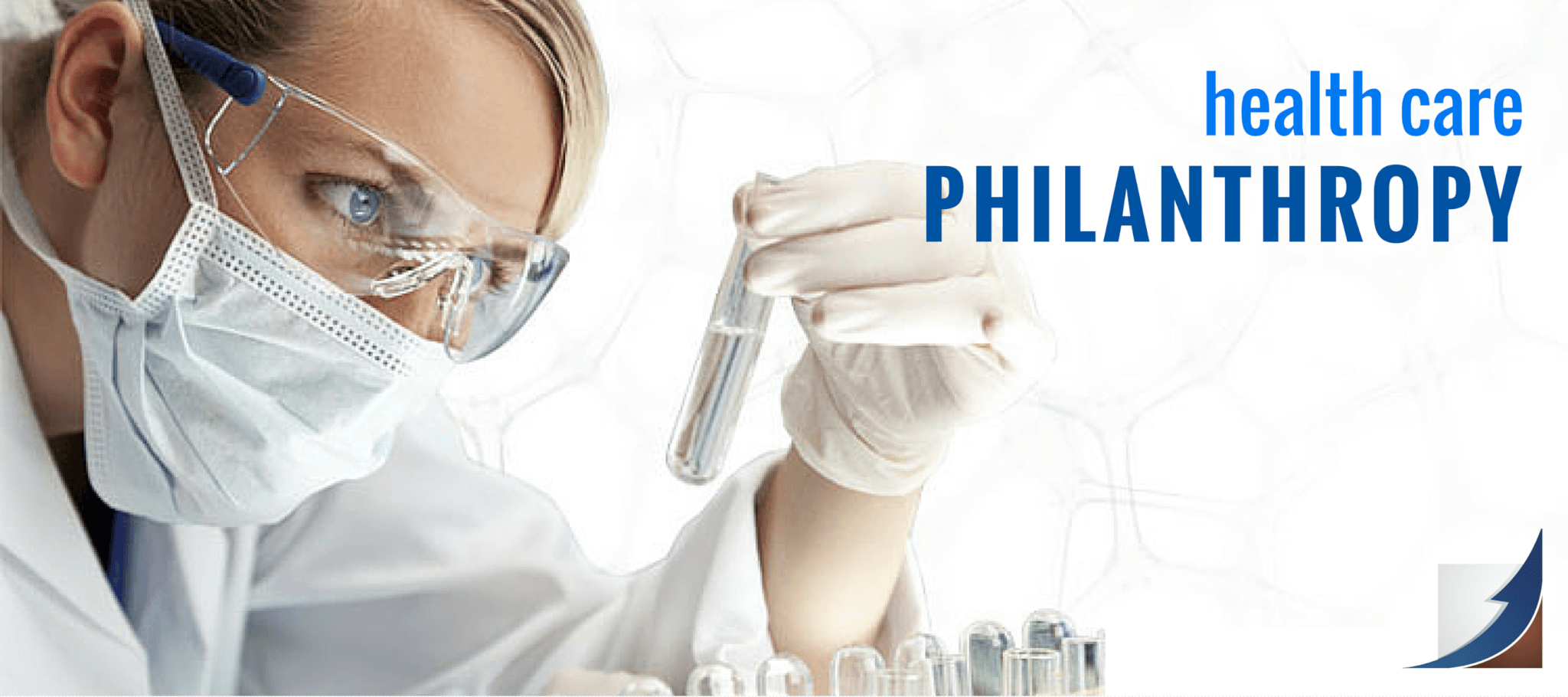What’s behind the increase in charitable donations to the health sector? Donors want their money to be transformative and impact society: Think curing cancer.
Gifts to health care continued their upward climb, according to Giving USA 2015: Annual Report on Philanthropy for the Year 2014. The health sector received $30.37 billion in charitable contributions in 2014—the fifth largest share at 8 percent of the total. That’s an increase of 5.5 percent over 2013. Total charitable contributions in 2014 were $358.4 billion, according to the report, which tracks and analyzes trends in charitable donations.
The increase to the health care sector might have been even higher if there had been a disaster to contribute to, like the 2013 Philippines typhoon, for which more than $320 million in relief aid was raised. Thankfully, there was not. These incidents generally lead to a large spike in giving (particularly online and texting), with much of the money going for health care.
Last week we outlined how wealthy donors want their contributions to transform. Health care is an area where that certainly is possible. What better way to impact society than by discovering a cure for cancer? In February 2014 Oregon Health Sciences University (OHSU) announced a goal of raising $1 billion for research aimed at eliminating cancer, with Nike CEO Phil Knight putting up half the money. Knight’s funds were meant to be matching, and he gave OHSU two years to raise the other half. OHSU beat the deadline, garnering support from donors in every state and five foreign countries. Donors were inspired by plans for the first grand-scale program dedicated to radically transforming early detection of lethal cancers.
Advances in technology and its applications to improving health care also spurred some of the large gifts to health care in 2014, according to the Chronicle of Philanthropy, which tracks major donations each year, also breaking them into sectors. A $125 million pledge to Sanford Health will fund a genetic testing and counseling infrastructure. Another gift of $120 million to Rady Children’s Hospital Foundation establishes a pediatric genomics and systems medicine institute. A third gift of $100 million to Memorial Sloan-Kettering will provide researchers and clinicians with high-tech tools to identify effective medicines for cancer patients based on their DNA and tumor type.
Another factor influencing health care philanthropy is the Affordable Care Act. Going forward it will have a major impact on health care trends and business models. It’s difficult to predict just how this reform will affect hospitals, academic health centers, and clinical research institutions. However, the decline in reimbursement rates seems to guarantee that health care leaders and decision makers will look to philanthropy for additional revenue.
What does this mean for development professionals in health care? Just as in education, work closely with your internal stakeholders and leadership to formulate your institutional objectives. Develop initiatives that are bold and transforming and inspire your donors with a grand vision.
In health care giving, emotion and gratitude are common motivators. Understand your donors and what they have previously supported. Tap into those you’ve helped in the past and provide them with opportunities for giving back. As your institution moves toward high-tech medicine, keep this area in mind as an impetus for giving. It’s a concept that resonates, particularly among tech philanthropists and millennials.
In another parallel with the education sector, corporate support of health care is increasingly targeted to forming strategic partnerships. So it’s vitally important to identify corporations that share your objectives as potential partners.
We’ll delve further into Giving USA in our next blog post.


